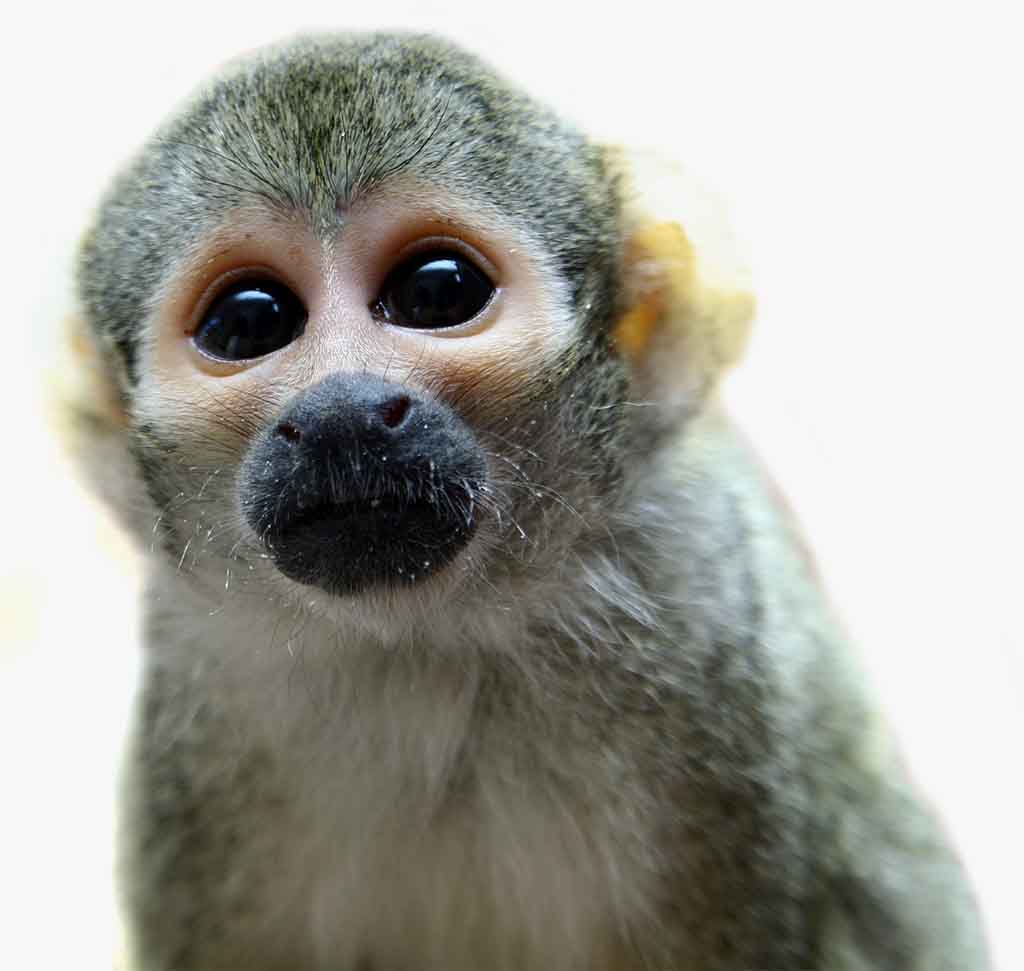The Bactrian camel (Camelus bactrianus), also known as the Mongolian camel or domestic Bactrian camel, is a large even-toed ungulate native to the steppes of Central Asia. It has two humps on its back, in contrast to the single-humped dromedary camel. Its population of two million exists mainly in the domesticated form. Their name comes from the ancient historical region of Bactria.
Domesticated Bactrian camels have served as pack animals in inner Asia since ancient times. With its tolerance for cold, drought, and high altitudes, it enabled the travel of caravans on the Silk Road. Bactrian camels, whether domesticated or feral, are a separate species from the wild Bactrian camel, which is the only truly wild (as opposed to feral) species of camel in the world.
Content from Wikipedia
This species is native to Central and Eastern Asia
The Bactrian Camel is a herbivore which means it eats plants.
Up to 50 years!
Their wild ancestors, Camelus ferus, are listed as Critically Endangered on the IUCN Red List of Threatened Species.
The Bactrian Camel has two humps on its back and these store energy rich fat and can grow up to 2.1m to the top of the humps (when they are upright). The stored fat is then converted into nourishment when little or no food is available. They have bushy eyebrows and long eye lashes that help protect their eyes from the sand and they also have the ability to close their nostrils temporarily to stop breathing in the sand if it blows!
